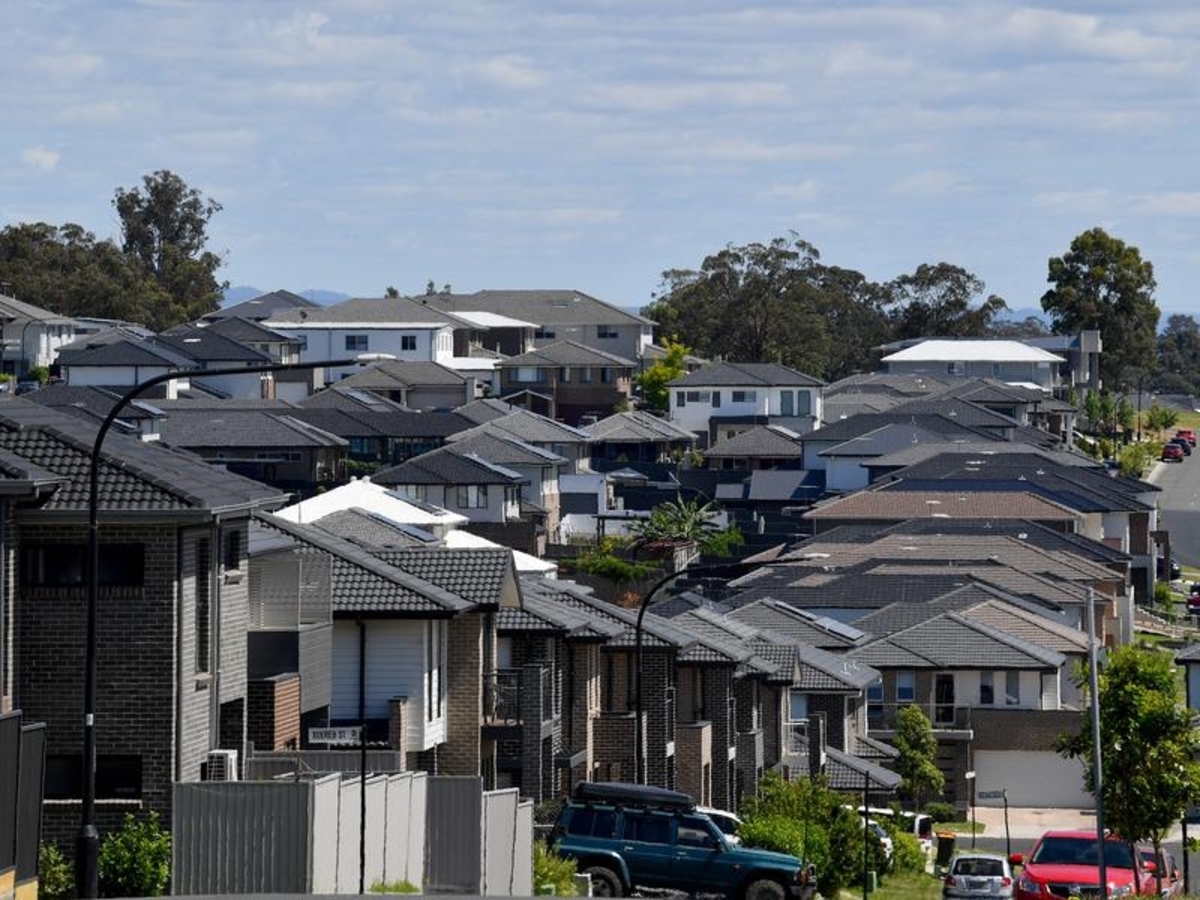
The once-in-a-generation property boom is over and 2023 is expected to bring more mortgage pain.
Following extraordinary price growth last year with interest rates at historic lows, 2022 house prices across capital cities have suffered the fastest quarterly decline on record, the latest Domain report shows.
Although buyers gained the upper hand as listings rose and prices softened, affordability has taken a hit from rising mortgage rates and spiralling inflation.
"Many borrowers and potential home buyers had never experienced rate hikes of this magnitude and, justifiably, it has had a jolting impact on sentiment," Domain economist Nicola Powell said on Thursday.
Buyers who took the Reserve Bank at their word, thinking official interest rates were on hold until 2024, have had a wake-up call.
"For many, thousands of dollars have been added to the annual cost of a home loan since rates began to rise, which is challenging for many consumers to absorb," she said.
House prices across the combined capitals have fallen 4.9 per cent from the March 2022 price peak.
The aggressive rise in interest rates since May has also triggered a wave of refinancing by Australians on fixed-rate deals.
But homebuyers still dare to dream with searches for "pool", "waterfront", "beach" and "view" among the most popular.
The biggest sale of the year was $80 million for a 17-bedroom mansion on St Georges Rd in Toorak, Victoria.
For those on a tighter budget and variable rate, the three percentage point rise in interest rates means Australians with a $500,000 mortgage are paying $893 a month more, and those with a $1 million mortgage have to find $1783 more each month.
"Now that prospective buyers are used to the new interest rate environment, they will likely be forward planning buffers for further rate hikes and are more mindful of their lower borrowing capacity," Dr Powell said.
Renters have been stung as the return of tourists and foreign workers pushes rents up in what's already a "landlords' market".
The unit market held up in the smaller capitals with prices in Brisbane, Adelaide and Canberra reaching new peaks, and unit prices holding firmer than house prices across combined capitals.
Separately, CoreLogic head of research Eliza Owen has said the higher rate environment will test housing market conditions in 2023, when the majority of outstanding fixed-term mortgages are expected to expire.
New variable home loan rates for owner occupiers increased from a low of 2.41 per cent in April, to 4.58 per cent in October.
Assuming the November and December rate hikes are passed on in full, this could take average new variable rates to 5.08 per cent.
This may create a "sticker shock" since average fixed-term rates of three years or less bottomed out at 1.95 per cent, she said.
Another two quarter-point interest rate rises are widely expected next year, further eroding borrowing capacity.
Although property prices will continue to fall in 2023, Domain says the softening is unlikely to erase the gains of the pandemic years.







